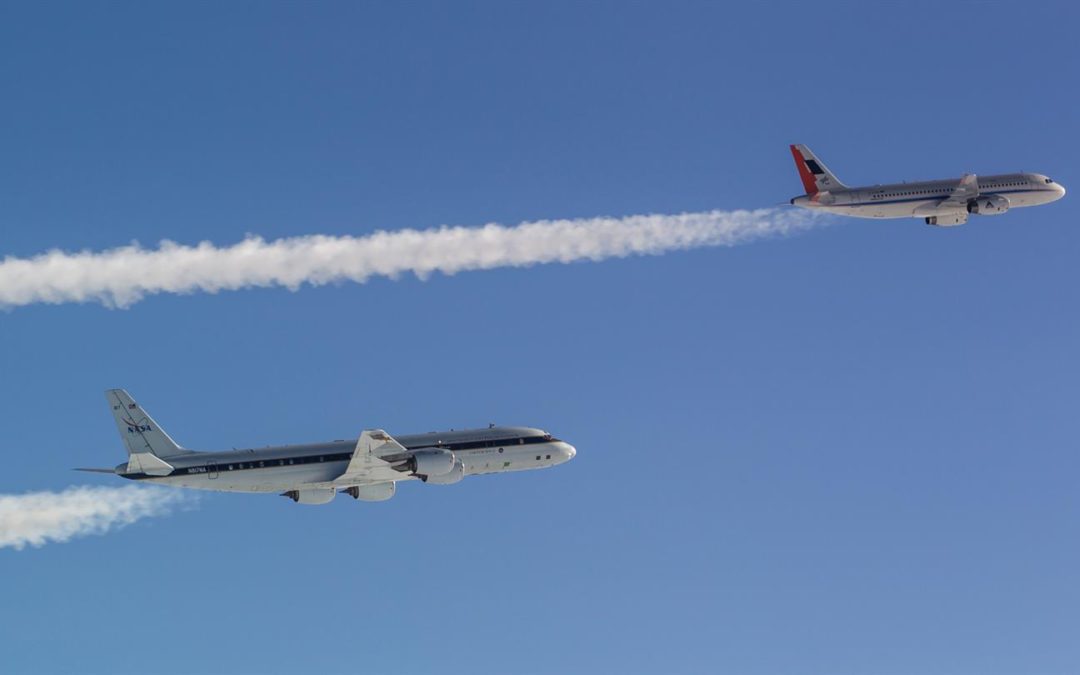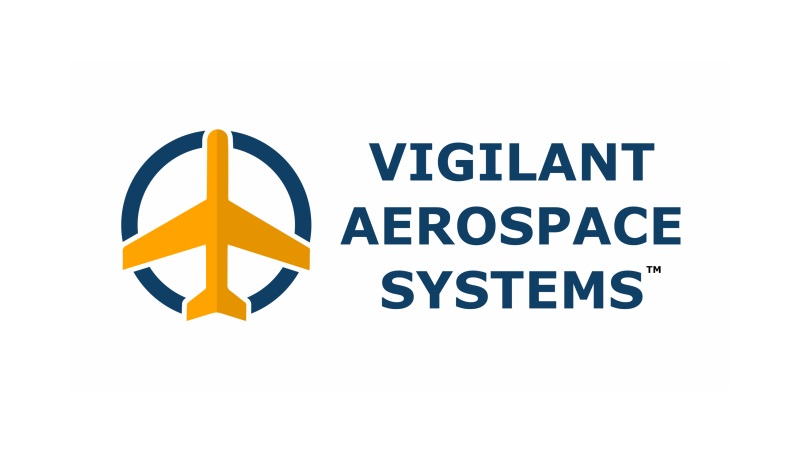FlightHorizon for ND-MAX Flight Research
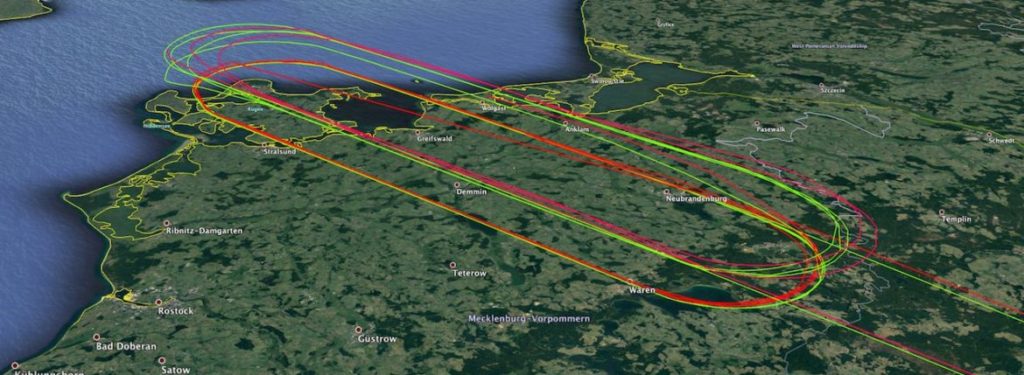 Researchers from NASA Armstrong Flight Research Center used FlightHorizon for airspace management, safety, detailed flight logging, and on-board real-time air formation management for the ND-MAX flights, which started on January 16th, 2018.
Researchers from NASA Armstrong Flight Research Center used FlightHorizon for airspace management, safety, detailed flight logging, and on-board real-time air formation management for the ND-MAX flights, which started on January 16th, 2018.
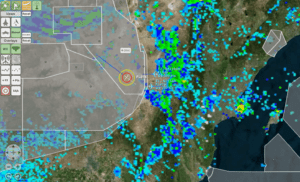 FlightHorizon software uses data from standard aviation transponders and radar, when available, to provide a 2D map-based view and 3D synthetic cockpit view of national airspace and full sensor fusion across aviation transponders, radars and online data feeds. The system is designed to help operators maintain flight safety, provide aircraft alerts and warnings, and provide specific commands to maintain well-clear distances, when necessary.
The system also provides detailed airspace logging of all detected aircraft multiple times per second and full flights can be re-played in FlightHorizon from the logs. The system can also provide full binary logging of aircraft signals to allow for later detailed analysis.
Read our Products and Services Overview for more information on FlightHorizon.
FlightHorizon software uses data from standard aviation transponders and radar, when available, to provide a 2D map-based view and 3D synthetic cockpit view of national airspace and full sensor fusion across aviation transponders, radars and online data feeds. The system is designed to help operators maintain flight safety, provide aircraft alerts and warnings, and provide specific commands to maintain well-clear distances, when necessary.
The system also provides detailed airspace logging of all detected aircraft multiple times per second and full flights can be re-played in FlightHorizon from the logs. The system can also provide full binary logging of aircraft signals to allow for later detailed analysis.
Read our Products and Services Overview for more information on FlightHorizon.
What is ND-MAX?
The NASA and DLR Multidisciplinary Airborne Experiment (ND-MAX) research project flew from Ramstein Airbase in southwest Germany using NASA’s DC-8 flying laboratory aircraft.
A NASA engineer monitors data using FlightHorizon before flights of agency F-18 jets to measure the effects of sonic booms.
Credit: NASA/Bill White
Read the full January 4, 2018 NASA Media AdvisoryTwo research aircraft, two research centres – @NASA DC-8 and #DLR A320 ATRA are flying together over Northern Germany. The joint mission: to reduce emissions through the use of alternative fuels within ND-MAX / ECLIF 2 #flyNASA #flyDLR pic.twitter.com/zXbR1x864P
— DLR – English (@DLR_en) January 24, 2018
Continuing Airborne Emissions Environmental Research
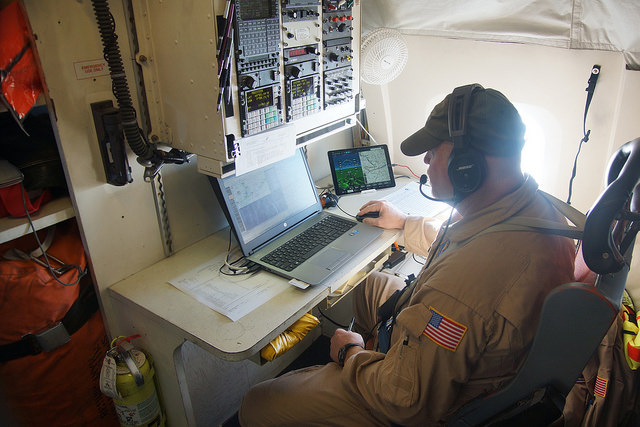 This is not the first time the two organizations have teamed up for environmental research. ND-MAX is a continuation in a series of major research projects on the environmental effects of burning alternative fuels in jet engines.
This is not the first time the two organizations have teamed up for environmental research. ND-MAX is a continuation in a series of major research projects on the environmental effects of burning alternative fuels in jet engines.
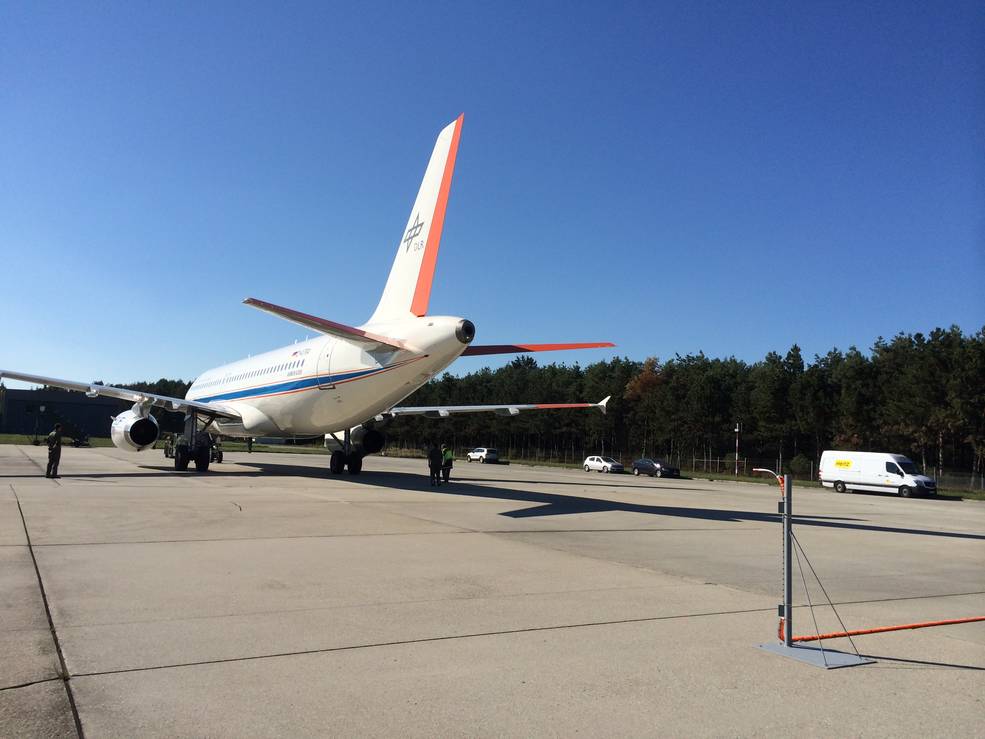
The German Aerospace Center’s Airbus 320 sits “downfield” from a pair of NASA-operated sampling inlets that measure jet engine exhaust emissions.
Credits: NASA/Bruce Anderson
“The ATRA completed nine separate, 2.5-hour flights with an instrumented DLR Falcon 20 measuring particle and gas emissions and contrail ice characteristics. After each flight, the ATRA was parked in an engine run-up area and emissions were measured at the thrust settings encompassing those employed during flight; the tests required almost an hour of engine run time, but produced a much more extensive and statistically-reliable set of engine emission data than could be obtained in flight. NASA researchers designed and installed an exhaust sampling system and provided detailed particle emission characterization measurements for the ground tests. NASA measurement results will be used to help interpret the airborne observations and validate a model to predict cruise emission from engine certification measurements.”Read more about ECLIF:
- “NASA Takes International Aviation Research to the ‘Max’.” 10 JAN 2018 (1)
- “Media Invited Behind the Scenes of Jet Fuel and Contrail Study.” 4 JAN 2018
- NASA Field Projects website: Emission and Climate Impact of Alternative Fuels Experiment (ECLIF)
- German Aerospace Center (DLR) project website: Mission ECLIF

